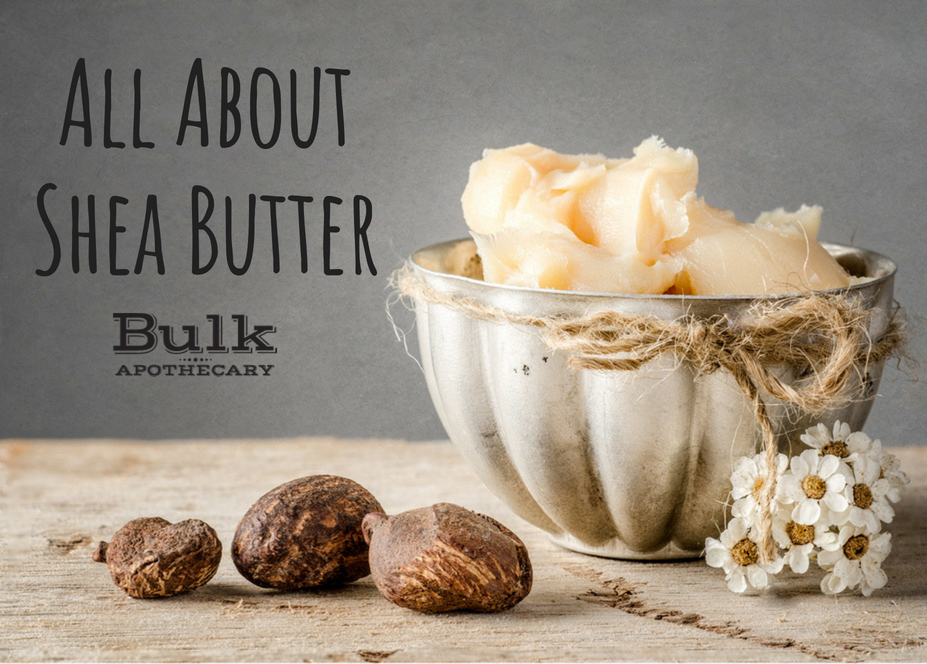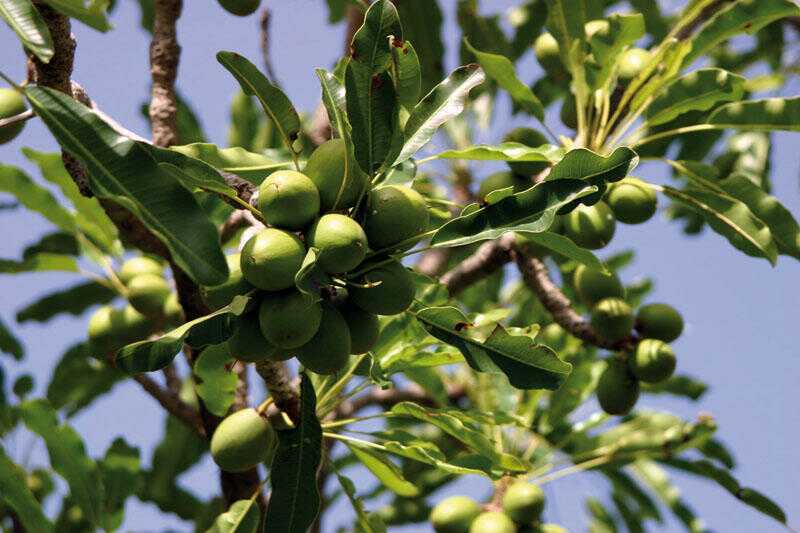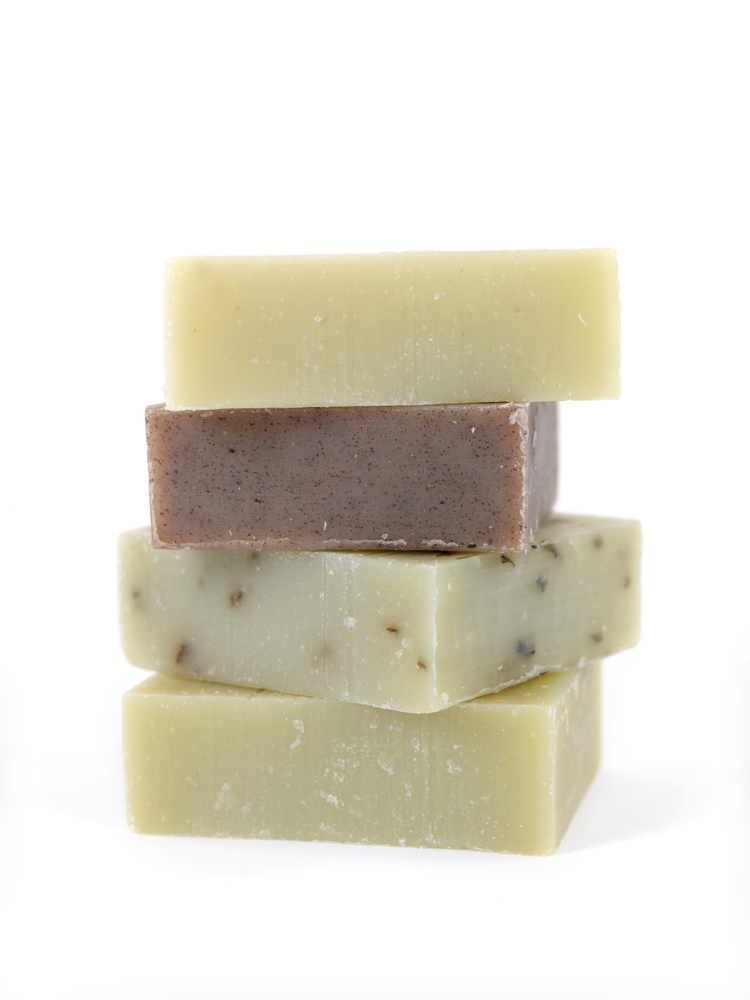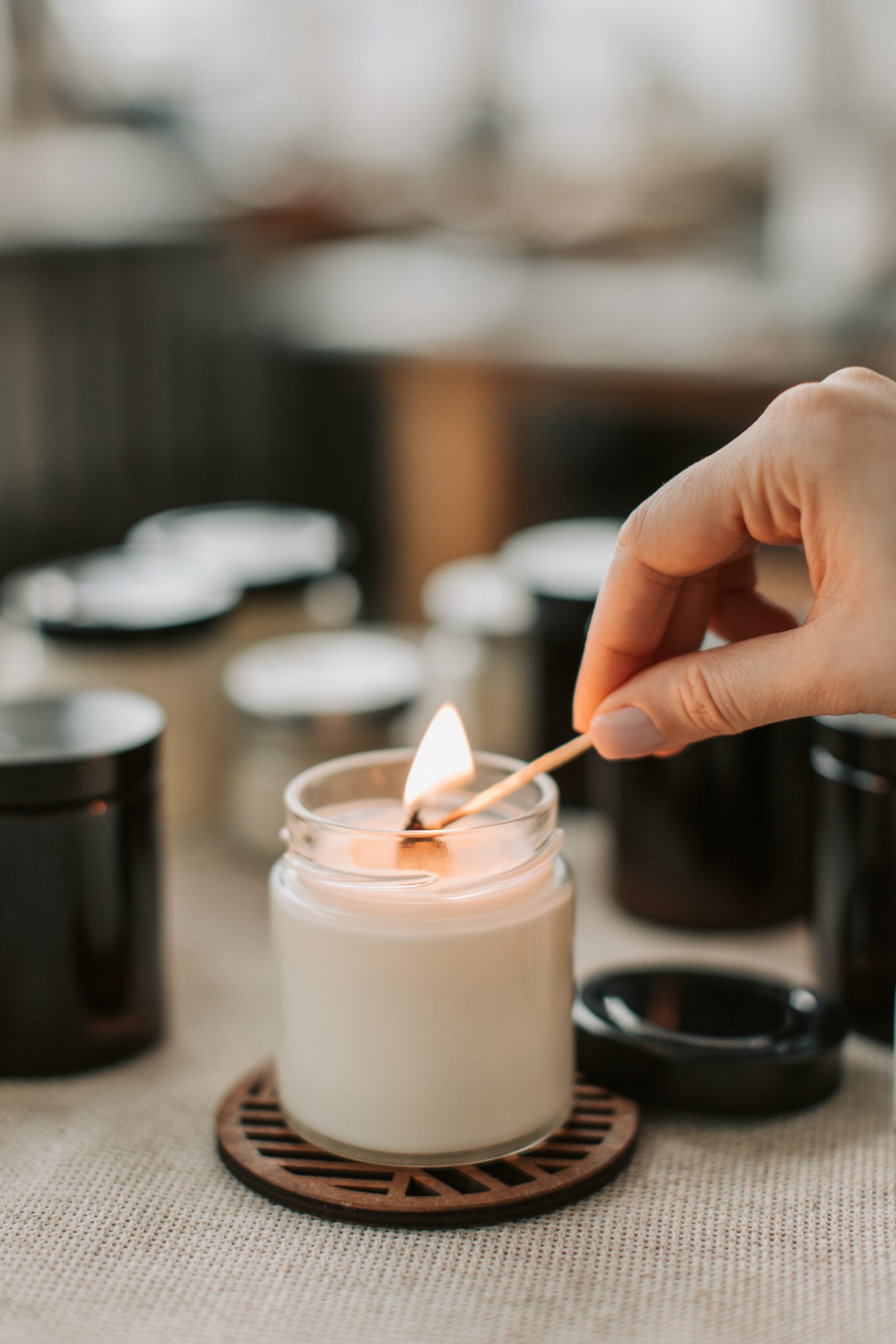
Loaded with vitamins, Shea butter has such a creamy, luxurious feel that it’s no wonder its popularity and demand are on the rise even after being utilized for generations. This butter is rich in oleic and stearic acids, making it an excellent moisturizer straight out of the jar. It easily melts upon skin contact and with its low comedogenic rating, it is an ideal emollient for people with acne and blackhead-prone skin, as it is unlikely to clog pores. This makes Shea butter a popular ingredient in bath and body products, namely facial moisturizers.

Naturally pollinated by bees, the Shea Tree (Butyrospermum Parkii) begins to bear fruit around 15 years of age and will continue to product fruit over the course of its lifetime — up to 200 years. This deciduous tree stands up to 80 feet above the dry, African Savannah where it thrives in its natural climate. Green fruits appear in clusters dangling at the edges of the branches and turn brown as they ripen. Each fruit yields one or two seeds, which is where the nourishing power of Shea lies.
The use of Shea butter has been traced back to ancient Egyptian times and has since been a key asset to the West African community, namely Ghana. It is mostly the women of the area who pick, clean, rinse, boil and process the Shea nuts. After harvest, the Shea nuts are crushed and heated into a butter. Impurities are naturally filtered out, resulting in a creamy off-white color. Impurities are naturally filtered out, resulting in a creamy off-white color. Unrefined Shea Butter (Virgin Organic) varies from being beige to tan and has a distinct smoky, nutty odor. At times Unrefined Shea will contain tiny shell debris left over from the manufacturing process. It is for this reason the prime choice for the soap making and personal care industry is refined Shea Butter.
At a Glance:
Refined Shea Butter
- Odorless
- Creamy off-white color
- Filtered for impurities
- Same properties
- Often preferred due to being odorless
Unrefined Shea Butter
- Smoky, nutty odor
- Light beige to tan
- Minimally processed
- Same properties
- Strong odor may not mix well in certain applications
Until I joined the team here at Bulk, I had never felt, let alone seen raw Shea butter. The idea of applying a vegetable fat directly to my skin seemed a little off-putting at first, but this is coming from a girl who cannot stand to even wear lotion or lip balm. (Seriously, I feel like there’s a film or something on me and I do not find it pleasant!) When I had the opportunity to get my hands on some Shea butter, I was blown away. And no, I am not saying that because I work for this company and my role is to write this article. I have always had issues with acne, mostly those pesky little blackheads. My skin is very oily so the thought of putting actual oil onto my skin sounded a bit silly to me.
Reluctantly, I dipped into the jar of Shea and was immediately impressed by its texture. It was creamy, odorless (I used refined) and surprisingly, it absorbed into my skin very quickly! (I have learned that sometimes it can appear gritty, but that is easy to correct and does not affect the quality of the product. We’ll cover that in another post!) I started to use the Shea butter as a facial moisturizer and while I have not necessarily seen a decrease in skin symptoms, I am definitely no longer getting red spots, dry patches and irritations caused by all the chemicals loaded into commercial lotions. Six dollars well spent!
Shea butter adds a luxurious feel to cold process soap and provides spectacular moisturizing properties. I tend to use it in my recipes from 5-10%. In body butters and balms, it can be used by itself or formulated with other oils to achieve the product you desire. A small teaspoon of Shea butter to pound of melt and pour soap base can help boost the soap’s nourishing properties. Shea butter is also often used in hair care.

Get to Know Our Shea Butter
Country of Origin: Burkina Faso, West Africa
Botanical/INCI Name: Butyrospermum Parkii
Common Names: Shea Butter
Parts Used: Seeds
Melting Point: 82-93° F
Color: Off-white to pale yellow. Unrefined: Light beige to tan
Scent: Refined: Slightly Nutty; Almost Odorless. Unrefined: Distinct Nutty Odor
Natural: Yes
Extraction Method: Cold Pressed
Refinement Status: Available in Refined & Unrefined
Organic Certified: Yes (Virgin Unrefined)



Hello.. I am looking for the best wax to make my candle tart/melts with, my main goal is to find the wax that has the strongest hot throw… any suggestions would be much appreciated ?
Hi! I’m new to making my own products and I bought unrefined Shea butter not realizing how strong the odor would be. I tried using it in my lotion bars. It wasn’t terrible, but at the same time, it’s not something I’d want to use again. I’ll have to buy something milder. Do you have any suggestions on a way to use it up?
Great question!! A great option could be to make body butter or lotion with it and add fragrance oil that is skin safe! The smell of the shea will then be minimal! Hope this helps!